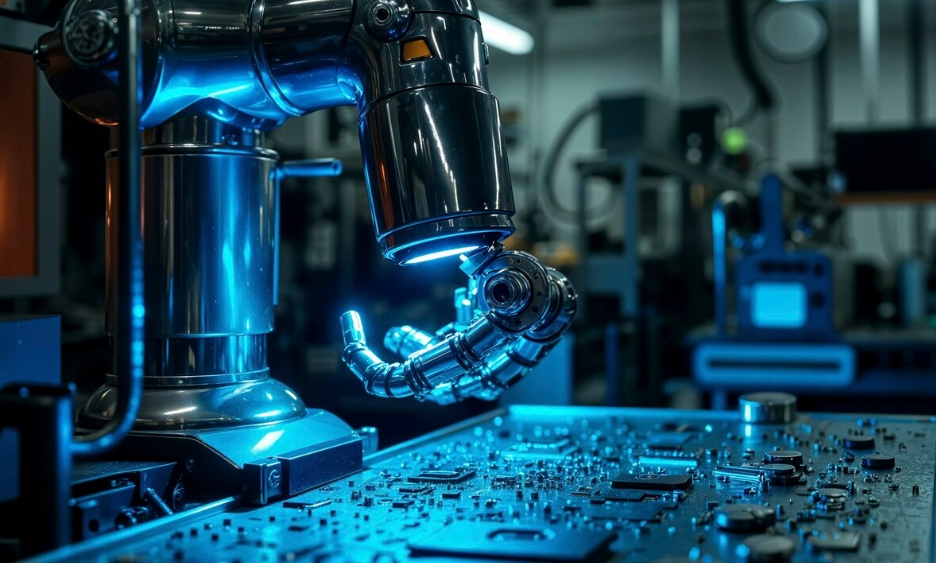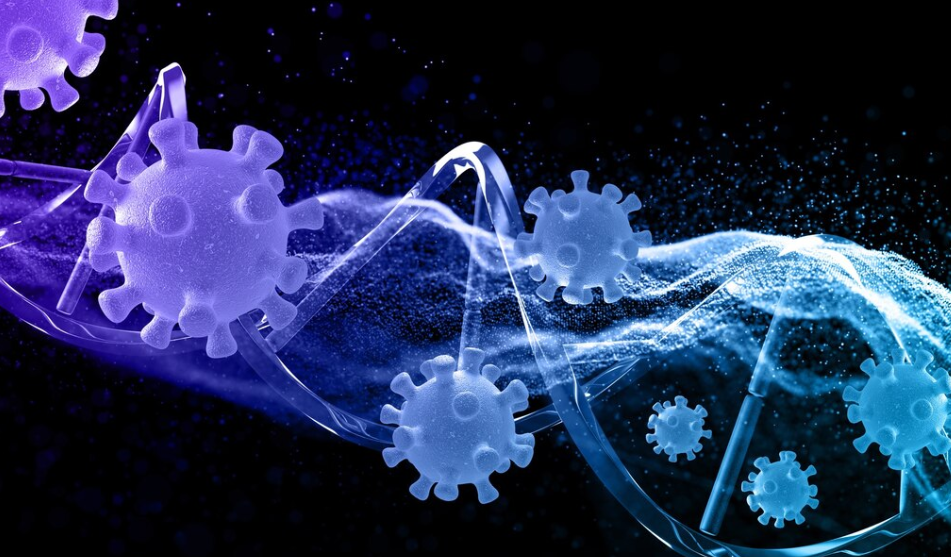Space exploration has always been a domain driven by innovation, where advancements in technology allow humanity to push the boundaries of our understanding of the universe. Over the past few decades, one of the most transformative technologies shaping space exploration is Artificial Intelligence (AI). From spacecraft navigation to the analysis of distant planets, AI is playing a crucial role in helping us explore the cosmos more efficiently and intelligently. But how exactly is AI making its mark on space exploration, and what does this mean for the future of space missions?
The Growing Role of AI in Space Missions
Space agencies like NASA, ESA (European Space Agency), and private space companies like SpaceX are increasingly incorporating AI into their missions. AI is used to enhance decision-making, optimize operations, and make sense of vast amounts of data collected during missions. As space missions become more complex, AI provides the automation and computational power needed to address the challenges of exploring the unknown.
1. Autonomous Navigation of Spacecraft
One of the key areas where AI is making a significant impact is in the autonomous navigation of spacecraft. Traditional space missions relied heavily on ground control to send commands to spacecraft. However, with the vast distances between Earth and other celestial bodies, this process is time-consuming and can lead to delays.
- AI for Real-Time Decision Making: AI systems, powered by machine learning, enable spacecraft to make real-time decisions based on the data they collect. This is particularly important for missions to distant planets, moons, and asteroids, where latency makes communication with Earth difficult.
- Example: NASA’s Mars rovers, such as Perseverance, rely on AI to autonomously navigate the Martian surface. Using onboard AI systems, these rovers analyze terrain, detect obstacles, and plan optimal paths for exploration without waiting for instructions from Earth.
AI-based systems enable spacecraft to operate with greater autonomy and make decisions on the fly, allowing for more efficient exploration of space.
2. AI in Data Processing and Analysis
Space exploration generates an overwhelming amount of data—from images of distant planets to readings of cosmic radiation. Processing and analyzing this data can be a monumental task, especially when considering the limited time and computational resources available in space.
- Machine Learning for Data Interpretation: AI is used to analyze massive datasets more quickly and accurately than human scientists could. Machine learning algorithms can identify patterns in complex datasets, uncover new discoveries, and even assist in detecting signs of extraterrestrial life.
- Example: In 2020, NASA’s Perseverance rover used AI to analyze Martian soil and atmospheric data. AI systems onboard helped the rover select the best areas to sample, which was crucial in determining the presence of potential microbial life on Mars.
AI significantly enhances the speed and accuracy of data processing, allowing for quicker analysis and actionable insights.
3. Enhancing Spacecraft Design and Engineering
AI is not only helping space exploration once a mission is underway, but it is also being integrated into the design and development of spacecraft.
- Optimizing Design and Performance: AI is used in simulations to design spacecraft components, such as propulsion systems, power sources, and life-support technologies. These AI systems can run numerous simulations, testing different configurations and designs, and suggesting the most efficient and reliable solutions.
- Example: SpaceX has utilized AI in the development of its reusable rockets. AI helps in predicting how different materials and structural designs will behave under extreme conditions, ensuring the rockets can survive multiple launches and landings.
This use of AI is improving the overall design process, resulting in more cost-effective and reliable spacecraft.
4. AI in Space Exploration Robotics
Robotics and AI go hand in hand in space exploration. Autonomous robots equipped with AI systems are used to perform a variety of tasks, from exploring the surface of planets to conducting repairs on spacecraft in orbit.
- Robotic Spacecraft: AI-powered robots are able to perform tasks that would be too dangerous or time-consuming for humans. For example, AI systems help robotic arms on spacecraft perform precise operations, such as collecting samples or performing maintenance.
- Example: NASA’s robotic arm on the International Space Station (ISS) uses AI to assist astronauts with tasks such as capturing cargo ships and repairing external components of the station.
AI-enabled robots increase efficiency in space operations, reducing risks to human astronauts and improving mission outcomes.
5. AI for Predictive Maintenance
Spacecraft and rovers need to operate in extreme conditions, making maintenance a critical part of any mission. Predictive maintenance powered by AI is helping space agencies ensure that equipment remains functional throughout long-duration missions.
- AI for Predicting Failures: Machine learning algorithms are used to analyze the health of spacecraft components, predicting when a failure is likely to occur based on historical data and real-time performance metrics.
- Example: The AI system aboard the Mars rovers can detect issues in their machinery, such as malfunctioning wheels or communication systems, and predict when maintenance will be required. This capability helps prevent costly failures during missions and ensures optimal performance.
Predictive maintenance powered by AI ensures that spacecraft and equipment can continue to function without unexpected breakdowns, extending the lifespan of space missions.
6. AI in Searching for Extraterrestrial Life
One of the most exciting prospects in space exploration is the search for extraterrestrial life. AI is playing a vital role in this area by analyzing signals from space, such as radio waves and light patterns, to identify potential signs of life.
- AI for Analyzing Signals: AI systems are used to analyze large volumes of data from telescopes and satellites, looking for unusual patterns that might indicate the presence of extraterrestrial civilizations or microbial life on distant planets.
- Example: The SETI (Search for Extraterrestrial Intelligence) Institute uses AI to analyze data from radio telescopes, searching for unusual patterns in space that could indicate the existence of extraterrestrial signals.
AI is helping scientists filter through massive amounts of space data more efficiently, increasing the chances of detecting life beyond Earth.
The Future of AI in Space Exploration
The potential for AI in space exploration is limitless. As AI technology continues to evolve, we can expect more advanced, autonomous systems that can perform complex tasks with little human intervention. Future missions could include AI-powered spacecraft capable of making decisions without any input from Earth, robots capable of building structures on the Moon or Mars, and AI systems that can predict space weather or identify new celestial bodies.
Moreover, as we venture into deep space, AI will become indispensable for handling the long communication delays and vast amounts of data generated by interstellar missions.
Conclusion
Artificial intelligence is revolutionizing space exploration, enabling more autonomous, efficient, and intelligent missions. From autonomous navigation to predictive maintenance, AI is enhancing our ability to explore the far reaches of space while ensuring the safety and success of missions. As AI continues to advance, it will undoubtedly lead to even more groundbreaking discoveries and innovations in the field of space exploration.
The partnership between AI and space exploration offers a glimpse into a future where humanity’s reach extends farther than ever before, helping us understand the universe in ways we never thought possible.


